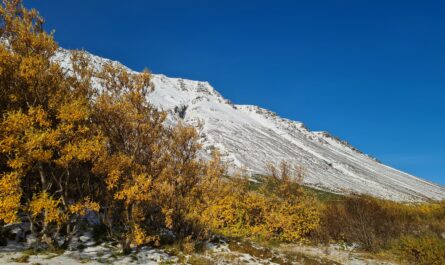Iceland is known all over the world because of its beautiful natural features, such as its geysers, glaciers, hot springs, and active volcanoes. It is also known for its unique history and culture, as well as its tasty seafood and many outdoor activities like hiking and skiing. Iceland has also become a popular place for ecotourism and tours to see the Northern Lights, also called the Aurora Borealis.
The Northern Lights, also known as the Aurora Borealis, are a natural phenomenon that is brought about by the interaction of charged particles from the sun with the magnetic field of the Earth and the upper atmosphere. In the event of a solar storm, solar particles, largely composed of protons and electrons, can be ejected from the sun and travel in the direction of Earth. When charged particles enter the Earth’s magnetic field, they are pushed toward the poles, where they are more likely to collide with gases in the upper atmosphere and create the brilliant, multicolored lights known as the aurora borealis. In order for the northern lights to occur, it is necessary for there to be particles from the sun.
Because the Earth’s magnetic field is strongest at the poles, regions like Iceland, Norway, Canada, and Alaska are wonderful sites to see the Northern Lights. The Northern Lights are a beautiful natural phenomenon that can be seen in the night sky. Iceland is a popular place to see them because it is close to the Arctic Circle.
The winter months of September through April in Iceland have the longest evenings, making this the ideal time to view the aurora borealis, often known as the northern lights. However, it is crucial to emphasize that the northern lights are a naturally occurring phenomenon and that their existence cannot be guaranteed. The optimum conditions for observing the northern lights are ones in which the sky is clear, the night is dark, and there is a low level of light pollution.
The Icelandic Meteorological Office makes predictions about the aurora, so you can be pretty sure you’ll be able to see them in all their glory. On the other hand, if it is cloudy and the weather is predominantly wintery, the wait for the northern lights could be quite prolonged. However, in that case, you will simply need to allow for additional time and pay careful attention to the weather and aurora forecasts.


